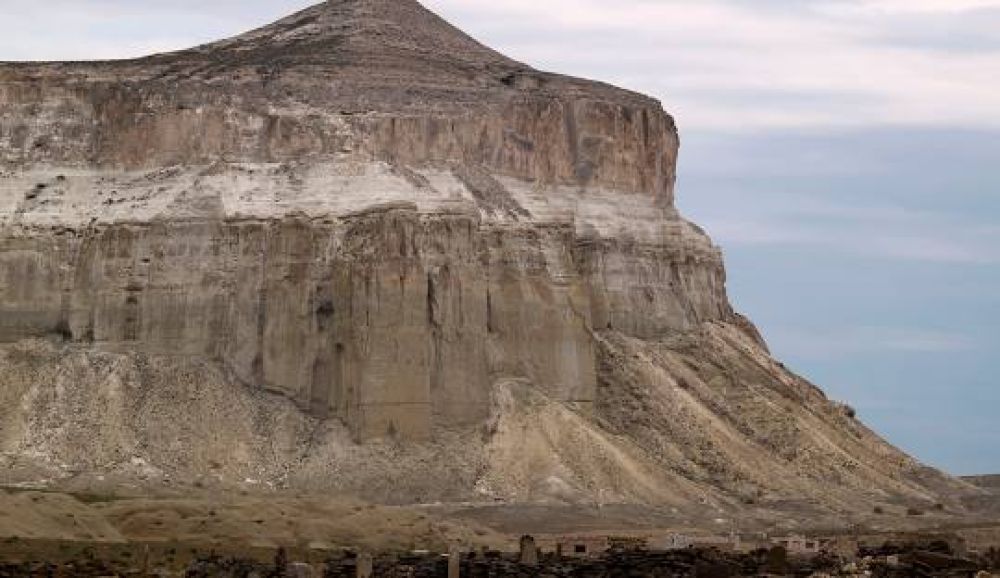

Sherkala Mountain, known for its unique lion-like shape looming over the desert landscape, has always been a mysterious and intriguing landmark for the few travelers who ventured into the Mangystau region. Historically, the area around Aktau and Sherkala Mountain was well off the beaten path, frequented mainly by nomadic tribes and caravans traversing the Silk Road. It wasn't until the latter half of the 20th century, with the development of the Kazakh oil industry and the establishment of Aktau as a city in 1963, that the region became more accessible.
In Soviet times, tourism to Sherkala Mountain was virtually non-existent, with the State focusing on industrialization rather than developing tourist attractions. However, the end of the Soviet Union and the independence of Kazakhstan in 1991 brought a shift in perspective. The government, recognizing the potential of tourism as a sustainable source of revenue, began investing in the region's infrastructure and marketing its natural and historical sites to the world.
The true shift in the tourism landscape occurred in the early 21st century. Kazakhstan began to witness an inflow of explorers and adventure tourists lured by the enigmatic beauty of its vast, untouched landscapes. Sherkala Mountain, with its otherworldly appearance, soon became a highlight for visitors looking for unique geological formations and uncharted trekking experiences.
Local tour operators in Aktau started offering guided tours to the Sherkala area, including hiking, rock-climbing, and cultural excursions to nearby historical sites. This has contributed to a modest but growing hospitality sector, with guesthouses and hotels opening to cater to the needs of international visitors.
In recent years, the government's focus on diversifying the economy has reinforced tourism development in the region. Eco-tourism and adventure travel have become particularly prominent trends, appealing to a global audience interested in sustainable and immersive travel experiences. Sherkala Mountain fits perfectly into this approach, offering a stunning backdrop for hiking, nature photography, and stargazing, all with minimal environmental impact.
Furthermore, Kazakhstan's relaxed visa policies for many countries have made it easier for tourists to visit, bolstering international arrivals. Social media has also played a role in highlighting Sherkala Mountain's unique beauty, with striking images and stories from travelers helping to raise the site's profile.
Cultural tourism is gaining traction, too. Visitors are increasingly interested in the rich history and diverse cultures of the Silk Road. Activities such as camel trekking, visits to ancient petroglyphs, and interactions with local communities complement the natural appeal of the region.
Sherkala Mountain remains a hidden gem within Kazakhstan's vast and varied landscape. Its ascent from obscurity to a sought-after destination for intrepid travelers epitomizes the potential of the country's tourism sector. As infrastructure continues to develop and awareness of the region's offerings grows, Sherkala Mountain is poised to become an even more popular stop on the Silk Road's modern trail of adventure and discovery.